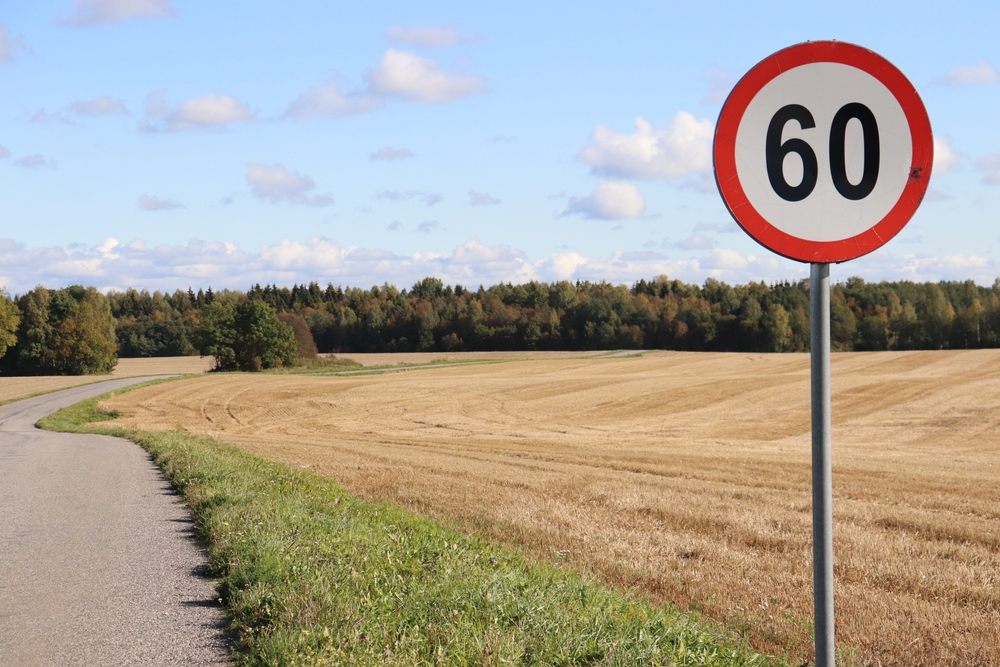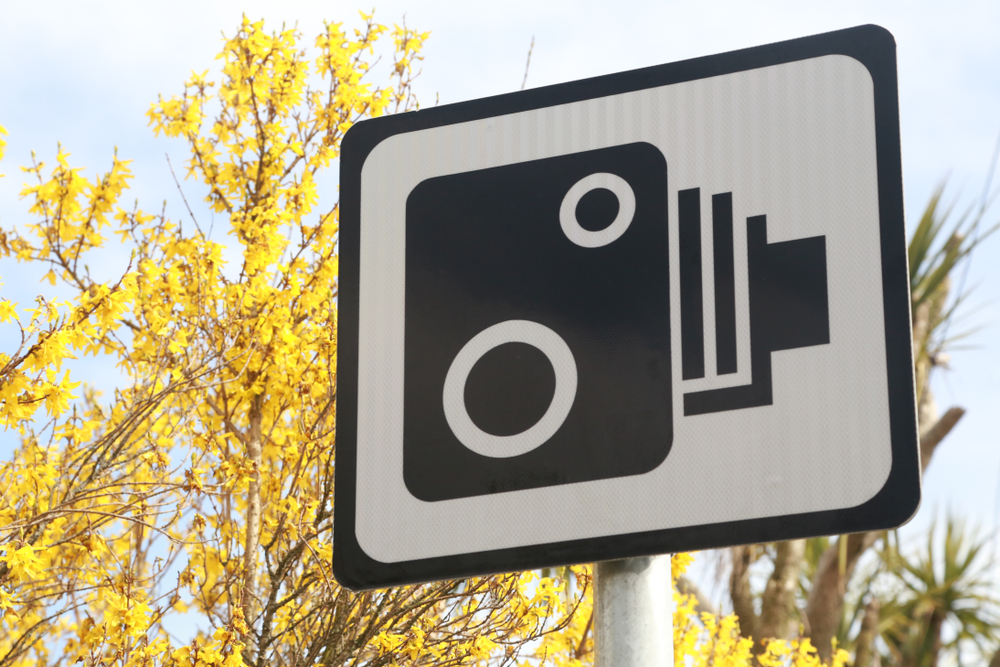New, lower speed limits are set to come into force across the country from this month, in an effort to drive down road deaths and serious injuries.
Following a Speed Limit Review submitted to the Government in 2023 as part of the Road Safety Strategy 2021-2030, a new campaign called ‘Slower Speeds, Safer Roads’ has been launched by Transport ministers Darragh O’Brien and Seán Canney to make Irish drivers aware of the changes to the limits.
These alterations will affect rural local roads, routes through urban areas, and then national secondary roads as part of a phased implementation process.
So here is our guide to what’s changing, when, and how the Government will make everyone aware of what is happening.
Which speed limits are due to change, and by how much?
The first to be reduced will be the 80km/h limit on local, rural routes. This will be brought down to 60km/h with effect from February 7, 2025.
Following on from that, future implementation phases will see the limits in ‘urban cores’ brought down, with streets in built-up, residential areas and town centres taken from 50km/h to 30km/h.
After that, national secondary roads will become 80km/h limits, instead of the current 100km/h threshold.
Like any speed limit, exceeding these new maximum speeds in the relevant zones will be an offence enforceable by An Garda Síochána.
There are presently no exact dates as to when the new urban 30km/h and secondary route 80km/h limits will come into force, but both will take effect before 2025 is out.

Will other types of roads in Ireland be subject to changed limits in the future?
At the moment, no. There are presently no proposed changes for the default speed limits on our motorways (120km/h), nor national primary or regional roads (100km/h) contained in the review. Further, arterial roads and radial routes in towns and cities across the country will remain at 50km/h – it will be the specific urban areas mentioned above that are subject to the new 30km/h restriction.
Why is the Government making these changes?
Road safety, primarily. Speed is still cited as a contributory factor in a third of fatal collisions on our road network, with the Road Safety Strategy 2021-2030 aiming to reduce the number of deaths and serious injuries on the country’s roads by 50 per cent by 2030.
That ties into a longer-term goal of totally eradicating deaths on our roads by 2050, which Ireland is part of along with other EU member states. This ambition is called ‘Vision Zero’.
Vulnerable road users – pedestrians, cyclists, horse riders and so on – are the main focus of the current review and should be better protected by the new limits.
The bodies involved in the scheme to change our road speeds – namely, the Department of Transport, the Road Safety Authority (RSA), An Garda Síochána, Transport Infrastructure Ireland (TII), the National Transport Authority (NTA), and the County and City Management Association (CCMA) – claim that the risk of being killed is much greater for collisions between a car and a vulnerable road user at 50km/h, when compared with the same type of collision at 30km/h.
Following a long-term positive trend in road safety in the country from 1997 to 2021, there was a spike in fatalities in 2023, which is when the Speed Limit Review was submitted to the Government.
In the 24 years leading up to 2021, the number of annual road deaths in Ireland fell from 472 to 137. But in 2023, 181 people died in 170 fatal collisions. The following year saw both the number of fatalities and associated collisions fall by 4 per cent (2024: 174 people died in 160 collisions), but with any road death being a tragedy for the families involved, more needs to be done.
The scheme is being brought in following successful similar programmes on the roads of two of our nearest neighbours, France and the UK.
In France, reduced speed limits were followed up by subsequent research that demonstrated a 10 per cent reduction in road fatalities across the country as a result of slower driving.
And in the UK, lower limits contributed to a 16 per cent reduction of the cost for annual insurance premiums for drivers.
What does the Slower Speeds, Safer Roads initiative consist of?
The campaign will run on radio, online, in print and in ‘out of home’ locations to raise as much awareness as possible in our driving populace as to the changes in speed limits.
National legislation sets default limits for different classes of roads, with local authorities then able to make further changes to the default – if they so wish – by setting ‘special speed limits’ for given roads in their areas.
Local authorities have already received grants to change speed limit signs from ‘80’ to ‘60’ on the roads affected by the first phase coming into effect from February 7.
The striped ‘rural speed limit’ markings, which is an alternative to numeric speed limit signs on specific single-lane rural roads, will now mean that a maximum 60km/h limit is in force.
The Department of Transport has been working with An Garda Síochána to ensure they are ready to implement the new limit. Chief Superintendent Jane Humphries, from the Garda National Roads Policing Bureau, said: “An Garda Síochána has been working closely with the Department of Transport and other stakeholders in preparation for the implementation of reduced speed limits on certain rural roads.

“An Garda Síochána has in place the necessary structures to implement these changes. There can be no transitionary period. From Friday, February 7, those travelling faster than the new legal speed limit on rural roads will be liable for prosecution.
“An Garda Síochána will be utilising our network of roads policing, and frontline resources and technology, to enforce these new speed limits on local rural roads. An Garda Síochána partners in Road Safety, GoSafe, will also be deploying mobile safety camera vans as required to enforce the new lower speed limits.
“Remember: Slower Speeds, Safer Roads.”
What do some of the key stakeholders involved in this change say about it?
Mr O’Brien, the minister for Transport, said: “This Government is committed to reducing road fatalities and creating safer roads for everyone in Ireland.
“There is no doubt that speeding is a significant contributing factor to many collisions and going slower will benefit us all. By reducing speed limits on many rural local roads from 80- to 60km/h, the Government is taking action to reduce road fatalities and serious injuries.”
Minister of State Mr Canney added: “A reduction in the default speed limit from 80- to 60km/h on local rural roads – which can be narrow and winding, with limited visibility, and where sadly many collisions happen – is a step in the right direction towards tackling the unfortunate increase in fatalities and serious injuries we have seen in recent years.”
And finally, Sam Waide, the CEO of the RSA, explained the reductions further in the context of reducing injuries and fatalities. He said: “Speed is one of the most critical factors in road safety – both in the likelihood of a crash occurring and the severity of the outcome. The laws of physics are unforgiving: the energy and force involved in a collision increase exponentially with speed, meaning even a small reduction can significantly improve survival rates.
“The reality is stark: 9 out of 10 pedestrians struck at 80km/h will not survive, while at 60km/h, that number drops to 5 out of 10. Lowering speed limits makes our roads safer for all users, particularly on rural roads where many serious and fatal collisions occur.
“This change will help reduce the risk of crashes and, crucially, lessen the severity of injuries when they do happen. We urge all road users to respect the new limits, as every kilometre per hour counts when it comes to saving lives.”